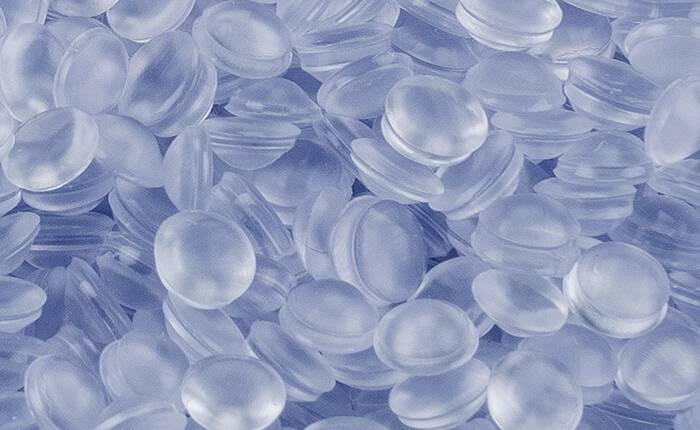Nov . 22, 2024 20:15 Back to list
hdpe pipe for drip irrigation
HDPE Pipe for Drip Irrigation An Overview
Drip irrigation is widely recognized as one of the most efficient methods of water management, especially in agricultural practices. This technique delivers water directly to the root zone of plants in a controlled manner, significantly reducing water waste and enhancing crop yield. An essential component of an effective drip irrigation system is the piping used, with High-Density Polyethylene (HDPE) pipes being among the most popular choices. In this article, we will explore the advantages of using HDPE pipes in drip irrigation and their unique features.
What is HDPE?
High-Density Polyethylene (HDPE) is a thermoplastic polymer made from petroleum. Known for its high strength-to-density ratio, HDPE is a robust material that is resistant to various environmental factors. It has excellent chemical resistance, making it suitable for agricultural applications where it may come into contact with fertilizers, herbicides, and other chemicals. HDPE is also recyclable, aligning with sustainability goals in modern agriculture.
Benefits of HDPE Pipes in Drip Irrigation
1. Durability and Longevity One of the most significant advantages of HDPE pipes is their longevity. Under normal conditions, HDPE pipes can last for over 50 years without any significant degradation. This durability ensures that the investment in an irrigation system remains cost-effective over time, as replacement or maintenance costs are minimized.
2. Flexibility HDPE pipes are highly flexible, which makes them easier to install, especially in uneven terrain. This flexibility allows for more efficient design choices, such as weaving around existing structures or altering pathways without compromising the integrity of the pipe system.
3. Resistance to Corrosion and Scale Buildup Unlike metal pipes, HDPE does not corrode or rust, ensuring that the flow of water remains unobstructed over time. Furthermore, the smooth internal surface of HDPE pipes prevents the buildup of sediment and scale, which can often impede the water flow in agricultural systems. This characteristic leads to lower maintenance needs and longer operational efficiency.
hdpe pipe for drip irrigation

4. Lightweight Compared to traditional materials like concrete or metal, HDPE pipes are lightweight, making them significantly easier to handle and install. This not only reduces labor costs but also minimizes the risk of injury during installation.
5. Cost-Effective The overall cost of using HDPE pipes in drip irrigation systems is competitive. While the initial purchase price may be slightly higher than lower-quality alternatives, the long-term savings from fewer replacements and reduced maintenance make it a wise investment. Additionally, the efficiency of drip irrigation systems leads to substantial water savings, further enhancing cost-effectiveness.
6. Environmental Impact The environmental benefits of using HDPE for drip irrigation cannot be overstated. By improving water efficiency, agriculture can conserve resources, which is crucial in regions facing water scarcity. Since HDPE is recyclable, it helps reduce the carbon footprint associated with plastic production and waste.
Installation and Maintenance of HDPE Pipes
Installing HDPE pipes requires careful planning and consideration to ensure optimal efficiency. It is essential to determine the correct pipe diameter and spacing based on the type of crops being irrigated and the specific requirements for water application rates. Proper installation methods, including the use of appropriate fittings and joints, are crucial to prevent leaks and ensure a seamless system.
Maintenance of HDPE pipes is typically minimal, but regular checks should be made to identify any potential issues such as blockages or minor leaks. Additionally, filters should be employed in the system to ensure that debris does not obstruct the drip emitters.
Conclusion
In conclusion, HDPE pipes represent a superior choice for drip irrigation systems. Their durability, flexibility, resistance to corrosion, and overall efficiency contribute to enhanced agricultural productivity while promoting sustainable water management practices. As agriculture continues to evolve in the face of climate change and water scarcity, the adoption of HDPE piping in drip irrigation will play a crucial role in ensuring food security and environmental stewardship. The future of agriculture is undoubtedly brighter with HDPE technology paving the way for innovative irrigation solutions.
-
Premium CPVC Sheet: High-Temp & Chemical Resistant Solutions
NewsAug.15,2025
-
Durable PPR Pipe for Hot & Cold Water Systems - Easy Install
NewsAug.14,2025
-
Durable HDPE Sheet | Versatile & Impact-Resistant Plastic
NewsAug.13,2025
-
Premium PVC Soft Sheets: Clear, Flexible & Durable
NewsAug.12,2025
-
Premium PVC Round Rods: Durable, Chemical Resistant, Easy to Machine
NewsAug.11,2025
-
PP U-channel: Chemical-Resistant, Lightweight & Durable
NewsAug.10,2025

